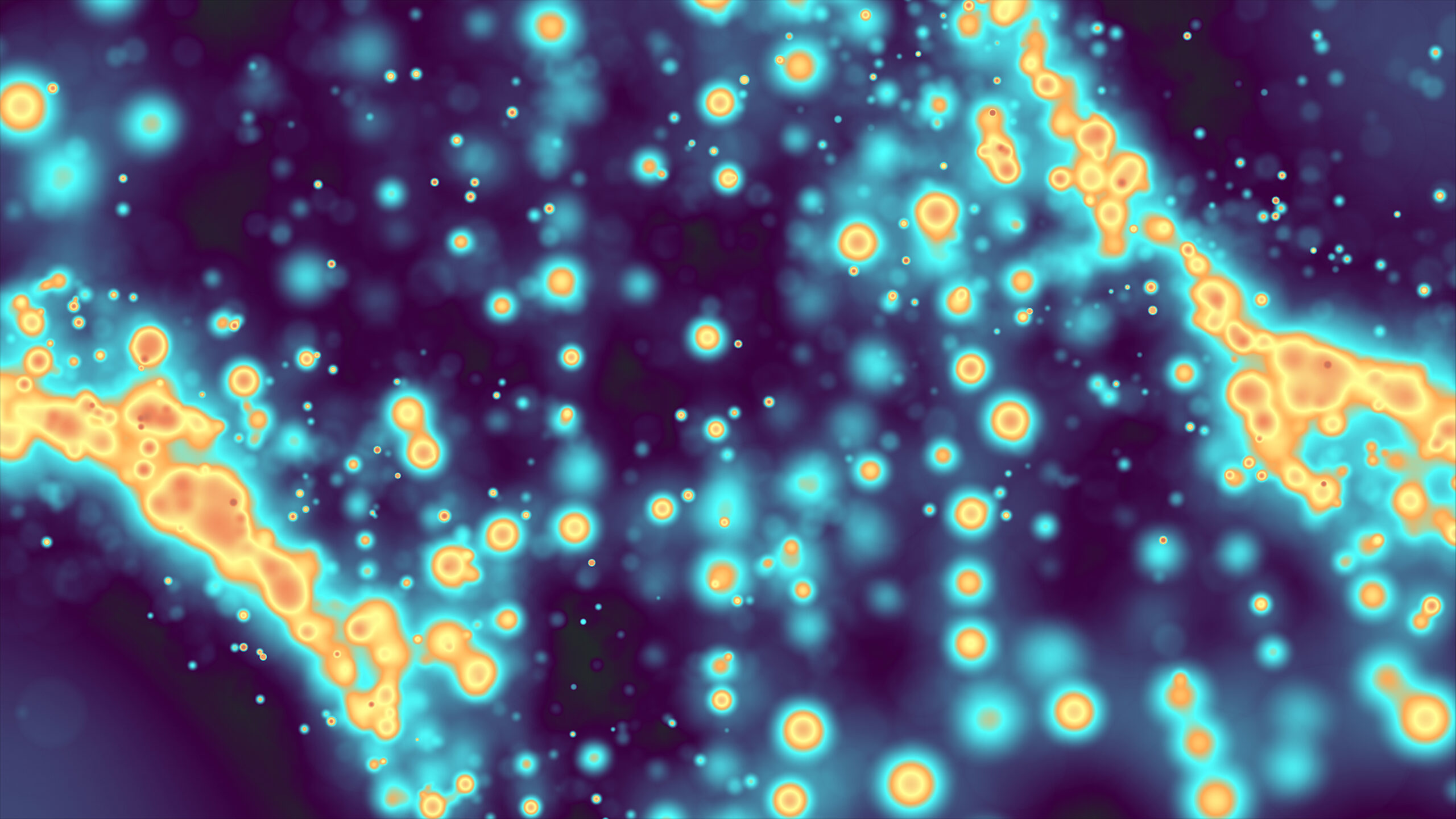
Alongside the multiple strands of scientific inquiry into quantum mechanics has come unconnected pseudoscientific interest; this caused scientists to approach quantum biology cautiously.
Hypotheses such as Orchestrated objective reduction which postulate a link between quantum mechanics and consciousness have drawn criticism from the scientific community with some claiming it to be pseudoscientific and “an excuse for quackery”.
Quantum biology is the study of applications of quantum mechanics and theoretical chemistry to aspects of biology that cannot be accurately described by the classical laws of physics.
An understanding of fundamental quantum interactions is important because they determine the properties of the next level of organization in biological systems.
Many biological processes involve the conversion of energy into forms that are usable for chemical transformations, and are quantum mechanical in nature.
Such processes involve chemical reactions, light absorption, formation of excited electronic states, transfer of excitation energy, and the transfer of electrons and protons (hydrogen ions) in chemical processes, such as photosynthesis, olfaction and cellular respiration.
Moreover, quantum biology may use computations to model biological interactions in light of quantum mechanical effects.
Quantum biology is concerned with the influence of non-trivial quantum phenomena, which can be explained by reducing the biological process to fundamental physics, although these effects are difficult to study and can be speculative.
Currently, there exist four major life processes that have been identified as influenced by quantum effects: enzyme catalysis, sensory processes, energy transference, and information encoding.
Here we will speak about 2 other aspects less cited.
Mitochondria
Mitochondria have been demonstrated to utilize quantum tunnelling in their function as the powerhouse of eukaryotic cell.
Similar to the light reactions in the thylakoid, linearly associated membrane bound proteins comprising the electron transport chain (ETC) energetically link the reduction of O2 with the development of a proton motive gradient (H+) across the inner membrane of the mitochondria.
This energy stored as a proton motive gradient is then coupled with the synthesis of ATP.
It is significant that the mitochondrion conversion of biomass into chemical ATP achieves 60-70% thermodynamic efficiency, far superior to that of man-made engines. This high degree of efficiency is largely attributed to the quantum tunnelling of electrons in the ETC and of protons in the proton motive gradient. Indeed, quantum electron tunnelling has already been demonstrated in certain elements of the ETC including NADH:ubiquinone oxidoreductase(Complex I) and CoQH2-cytochrome c reductase (Complex III).
In quantum mechanics, both electrons and protons are quantum entities that exhibit wave-particle duality, exhibiting both particle and wave like properties depending on the method of experimental observation.
Quantum tunnelling is a direct consequence of this wave-like nature of quantum entities that permits the passing-through of a potential energy barrier that would otherwise restrict the entity. Moreover, it depends on the shape and size of a potential barrier, relative to the incoming energy of a particle.
Because the incoming particle can be defined by its wave function, its tunnelling probability is dependent upon the potential barrier’s shape in an exponential way. For example, if the barrier is relatively wide, the incoming particle’s probability to tunnel will decrease. The potential barrier, in some sense, can come in the form of an actual biomaterial barrier. The inner mitochondria membrane which houses the various components of the ETC is on the order of ~75 Å (~7.5 nm) thick. The inner membrane of a mitochondrion must be overcome to permit signals (in the form of electrons, protons, H+) to transfer from the site of emittance (internal to the mitochondria) and the site of acceptance (i.e. the electron transport chain proteins).
To transfer particles, the membrane of the mitochondria must have the correct density of phospholipids to conduct a relevant charge distribution that attracts the particle in question. For instance, for a greater density of phospholipids, the membrane contributes to a greater conductance of protons.
Molecular solitons in proteins
Main article: Davydov soliton
Alexander Davydov developed the quantum theory of molecular solitons in order to explain the transport of energy in protein α-helices in general and the physiology of muscle contraction in particular. He showed that the molecular solitons are able to preserve their shape through nonlinear interaction of amide I excitons and phonon deformations inside the lattice of hydrogen-bonded peptide groups.
In 1979, Davydov published his complete textbook on quantum biology entitled “Biology and Quantum Mechanics” featuring quantum dynamics of proteins, cell membranes, bioenergetics, muscle contraction, and electron transport in biomolecules.
credits: Wikipedia
Below are some scientific publications and videos regarding quantum biology.
The origins of quantum biology
https://royalsocietypublishing.org/doi/10.1098/rspa.2018.0674
A future with quantum biology
https://youtu.be/rYYHQYx_QvY?feature=shared
